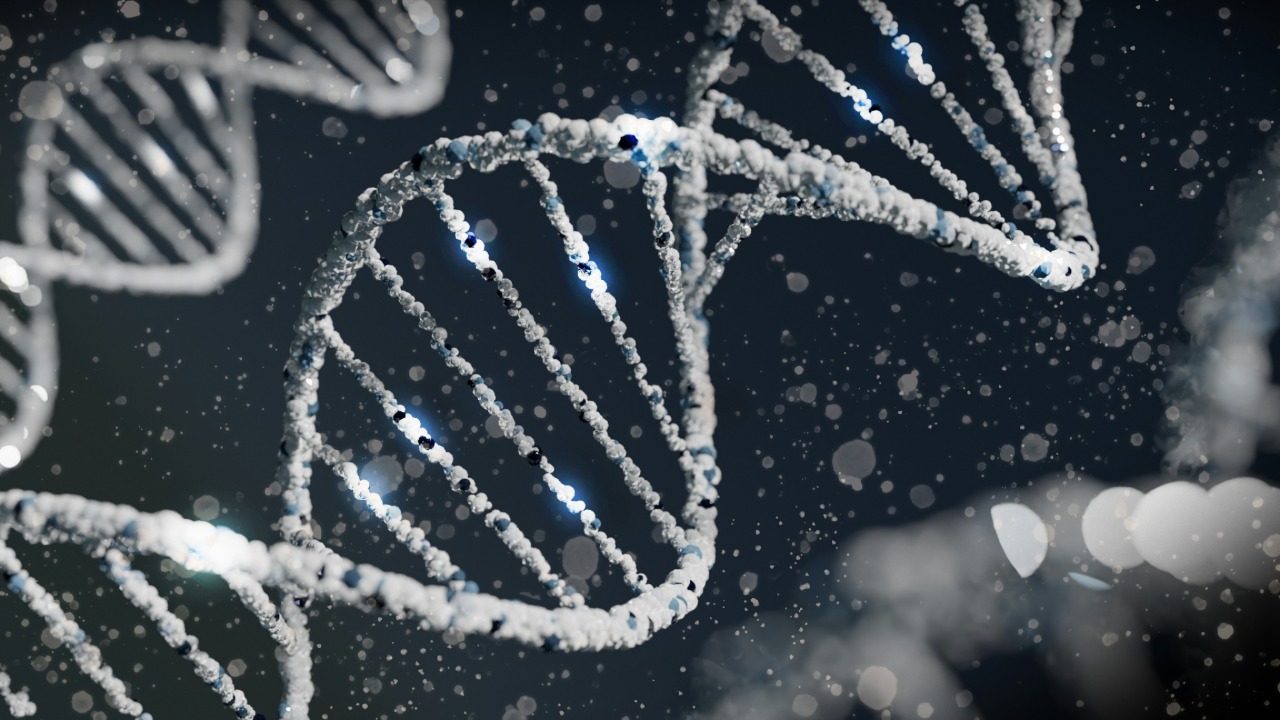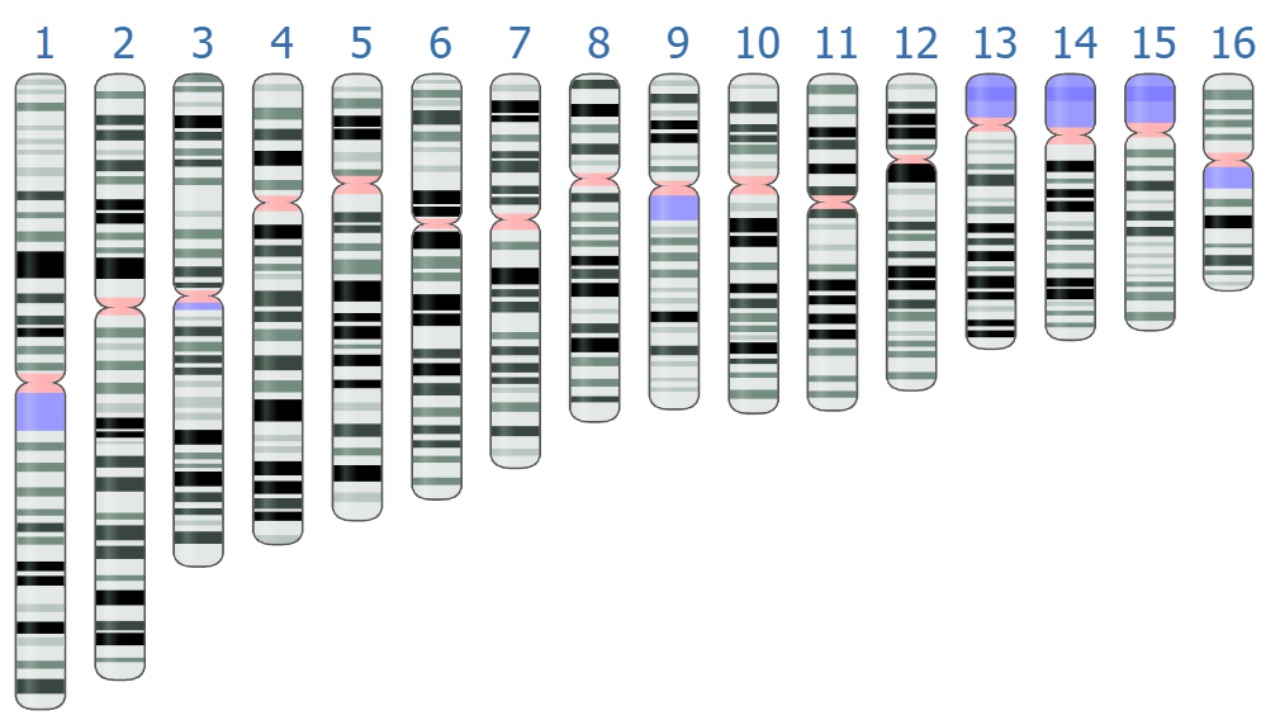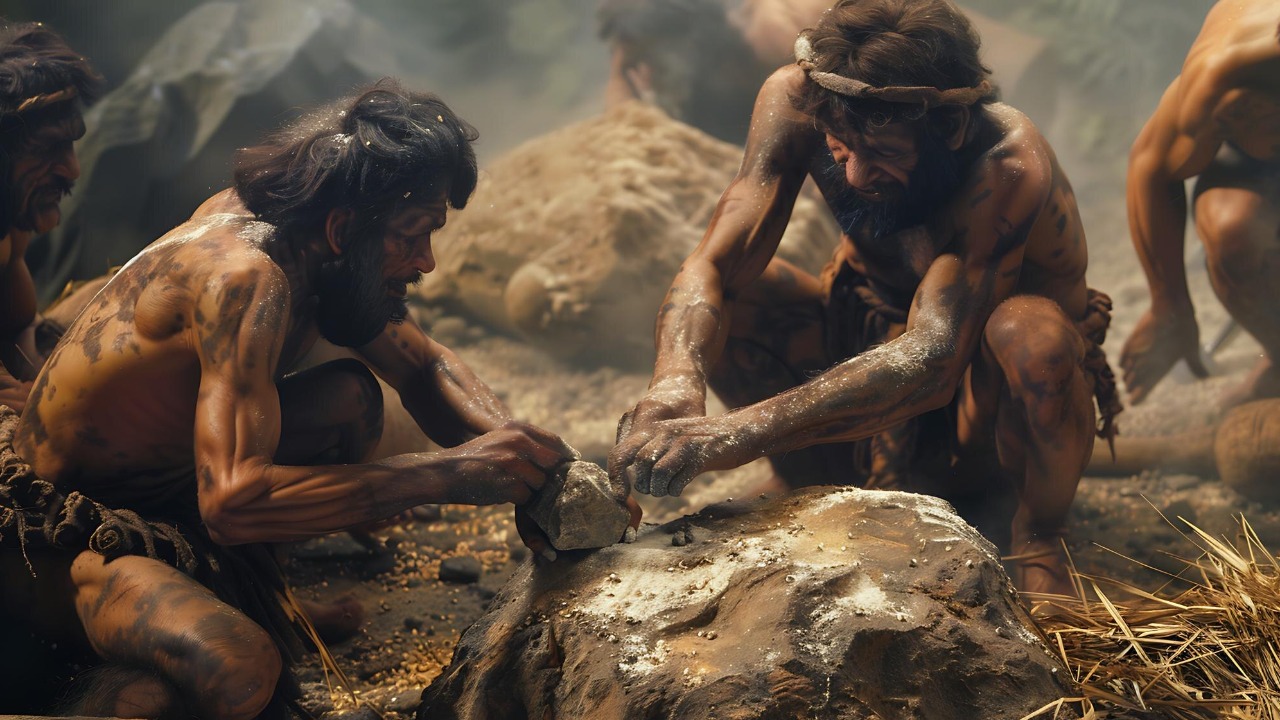
Recent advancements in genomic research have unveiled the possibility that humans may share genetic material with an unidentified ancient ancestor. These revelations challenge our understanding of human evolution and suggest a more intricate web of ancestral connections than previously thought. The implications of these findings are fascinating and have the potential to reshape the narrative of human ancestry.
Understanding the Genetic Evidence

The exploration of human DNA has taken a remarkable turn with the advent of advanced genomic sequencing. Recent studies have shed light on previously uncharted territories of our genetic history. Researchers have utilized cutting-edge methodologies that analyze the entire genome rather than just specific regions. This comprehensive approach has revealed genetic markers that suggest the presence of DNA from an unknown ancestor, as documented in a detailed report on modern human genomes.
These genetic markers, which serve as fingerprints of ancestral DNA, indicate a more complex evolutionary pathway than previously understood. The markers are not found in the genomes of known ancestors such as Neanderthals or Denisovans, suggesting the involvement of another, yet-to-be-identified hominin species. The presence of these markers in modern humans points to interbreeding events that have left a genetic legacy in our DNA. By comparing these unknown markers with known ancestors, scientists can draw parallels and note distinctions, which helps in understanding how this mysterious ancestor fits into our evolutionary history.
Implications for Human Evolution

The discovery of an unknown ancestor’s genetic material in modern humans necessitates a re-evaluation of evolutionary timelines. Traditional models depict a somewhat linear progression of species, with Homo sapiens evolving distinctly from earlier hominins. However, the presence of DNA from an unidentified ancestor suggests that the evolutionary narrative is more complex, with multiple instances of interbreeding and gene flow between different hominin groups.
This revelation highlights the possibility of a more intertwined human family tree, where various hominin species may have coexisted and interacted, contributing to the genetic diversity we observe today. Such findings challenge the conventional understanding of human evolution, urging scientists to reexamine long-standing assumptions and consider alternative models that accommodate these new complexities. A closer look at these implications can be found in recent publications discussing these groundbreaking findings.
Scientific and Technological Advances Driving Discoveries

The identification of unknown genetic sequences has been made possible through advanced genomic technologies. Techniques such as high-throughput sequencing and bioinformatics have allowed scientists to detect subtle genetic variations that were previously overlooked. These advancements have opened new avenues for exploring the depths of our genetic heritage and discovering connections with unknown ancestors.
The collaboration between geneticists, anthropologists, and experts from various fields is crucial in uncovering these findings. This interdisciplinary approach combines expertise in genetics, archaeology, and anthropology, providing a holistic understanding of human ancestry. The future potential for genetic research is immense, with ongoing developments promising to further illuminate the mysteries of our past. For a comprehensive overview of the technological advancements driving these discoveries, refer to this resource.
Ethical and Philosophical Considerations

As genetic research delves deeper into our ancestry, ethical concerns arise. The potential misuse of genetic information, issues of privacy, and consent are at the forefront of discussions surrounding genetic research. It is crucial to establish guidelines that ensure the responsible use of genetic data while protecting individuals’ rights. These ethical implications are explored in depth in legal analyses and scholarly discussions.
Beyond ethics, these discoveries raise philosophical questions about human identity and what it means to be human. The notion of a unique, unbroken lineage is challenged by the realization that our genetic makeup is a mosaic of interbreeding events. This understanding prompts a reevaluation of cultural and societal narratives about human origins, encouraging a more inclusive view of our shared heritage.
The Future of Ancestry Research

The field of ancestry research is on the brink of further breakthroughs, with emerging trends pointing towards a deeper understanding of human origins. Future research directions may include identifying additional unknown ancestors and mapping their contributions to modern human genomes. Global collaboration and public engagement are essential in advancing this field and ensuring that scientific findings are communicated effectively to the public.
It is important to foster a dialogue between scientists and the public to cultivate a greater appreciation for the complexities of human ancestry. Educational initiatives and collaborative efforts will play a pivotal role in unraveling the mysteries of our past. As we continue to explore our genetic heritage, the role of the unknown ancestor may become clearer, offering new insights into the story of human evolution. For more insights into the future directions of ancestry research, consider exploring this detailed article.